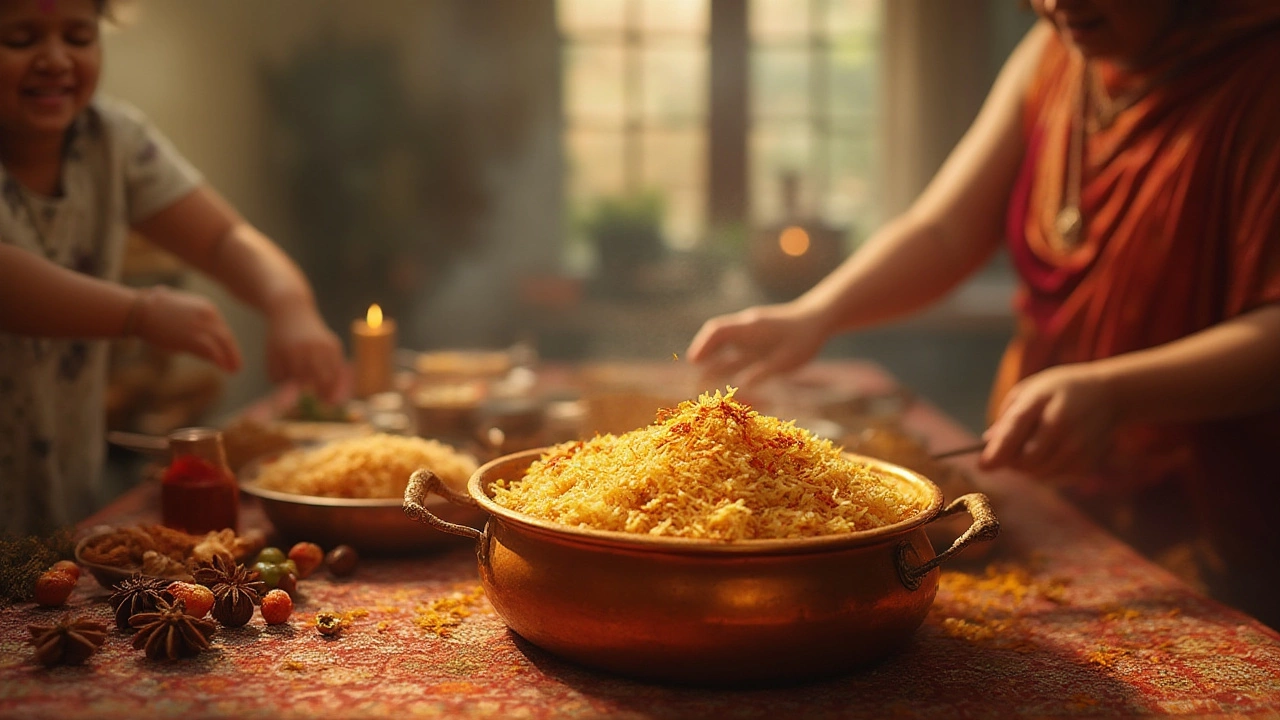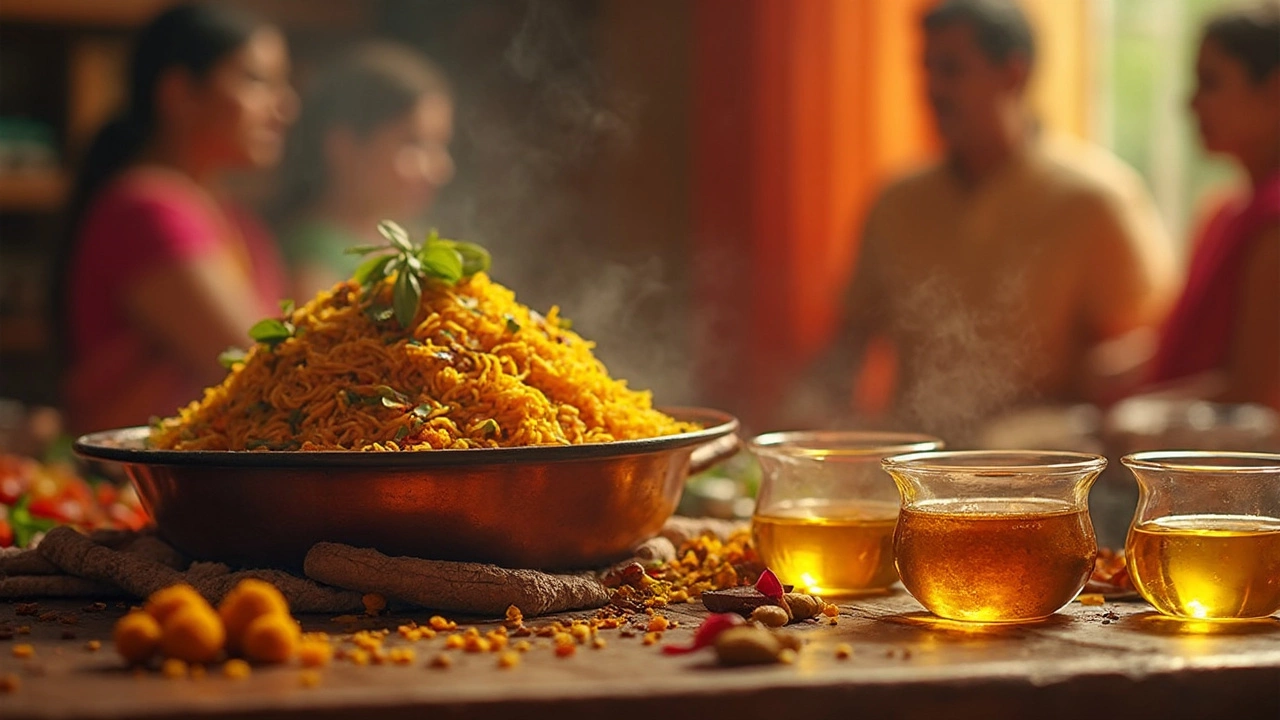Biryani Tips: Simple Tricks for Perfect Rice and Flavor
Ever wondered why some biryani looks fluffy while other batches turn mushy? The answer is usually a tiny habit you’re missing. Below are the most useful, everyday tips that take the guesswork out of biryani and let you serve restaurant‑style rice at home.
Getting the Rice Right
First thing: rinse the basmati three times until the water runs clear. This removes excess starch and stops the grains from sticking together. After rinsing, soak for 20‑30 minutes – it gives the rice a chance to absorb water and cook evenly.
When you’re ready to boil, use a big pot and plenty of water, like cooking pasta. Add a pinch of salt and a few drops of oil. Bring it to a rolling boil, then add the rice. Cook for about 5‑6 minutes, or until the grains are 70% done (they should still have a tiny bite). Drain immediately and spread the rice on a clean plate to let the steam escape.
Don’t let the rice sit in the pot after draining; the residual heat will finish cooking it and turn it mushy. Instead, keep it loose and cool for a minute before layering with the meat or vegetables.
Mastering Spice Layers
Spices are the soul of biryani, but they don’t need to be tossed in all at once. Start with whole spices – bay leaf, cloves, cinnamon, cardamom, and black peppercorns – in hot oil or ghee. Let them sizzle for 10‑15 seconds; you’ll smell the aroma rising, and the oil will pick up the flavors.
Next, add your aromatics – onions, ginger‑garlic paste, green chilies – and cook until the onions turn golden. This step builds a deep base that carries the taste through every grain.
When you add the meat or veg, sprinkle a teaspoon of biryani masala or a mix of ground coriander, cumin, and red chili powder. Stir well so the sauce coats everything. Save a pinch of garam masala for the final layer – it gives that bright finish you hear about in restaurant kitchens.
Now for the layering trick: take half the partially cooked rice, spread it over the meat, then sprinkle fried onions, mint, and cilantro. Add the remaining rice on top, drizzle a little ghee, and tuck a few saffron strands soaked in warm milk. Cover tightly with foil and a heavy lid, then cook on low heat (dum) for 20‑25 minutes. The steam trapped inside bakes the flavors together without burning.
One more tip – don’t stir the biryani once the lid is on. Stirring releases the steam and makes the rice lose its fluffy texture.
With these simple steps – rinsing and soaking the rice, using a boil‑and‑drain method, and layering spices correctly – you’ll see a big jump in both look and taste. The next time you serve biryani, people will ask if you hired a chef. Give these tricks a try, tweak the spice levels to your liking, and watch your kitchen turn into a biryani hub.
Perfect Biryani Recipe: How to Make Authentic Biryani at Home
Discover the real secrets behind what makes a perfect biryani. From rice to layering, spices to technique, learn how you can master biryani at home like never before.
Which Oil Is Best for Biryani? Find Out What Really Works
Ever wondered which oil is actually best for biryani? This guide compares popular options like ghee, sunflower oil, and mustard oil, weighing their flavor, smoke points, and health factors. Learn how oil choices impact your biryani’s aroma, texture, and taste. Find tips to match the oil to your cooking style and dietary needs. Pick the perfect oil and make every biryani memorable.

